On a recent Saturday, while much of Japan sweltered under punishing heat and humidity, groups of hikers were savoring the crisp mountain air on an off-peak ski slope in Hakuba, Nagano Prefecture.
In the Kurobishidaira area at an altitude of 1,680 meters, staff at a restaurant with a panoramic view of the mountain valley were busy serving meals and drinks to adventure-seeking customers.
Overall, though, the Hakuba Happo-One ski resort was relatively quiet, with many lifts empty — after all, Hakuba is far better known for its powder snow than its cool breezes.
“This has been very beautiful,” said Jordan Humphreys, a 27-year-old tour agent from New Zealand visiting Hakuba for the first time for a holiday hike. “It’s interesting, because I wouldn't have told people to come here at this time of year, but I think it's really nice.”
As extreme heat continues to grip the nation, a tectonic shift may be underway in the nation’s summer tourism scene.
More ski resorts are operating year-round, switching to “green season” mode as soon as the snow thaws to appeal to mountain hikers and vacationers looking for a respite from the concrete jungle and scorching heat. A number of domestic tour operators are also promoting higher-altitude destinations.
But whether such initiatives will spur more travel demand remains to be seen.
Trips to beat the heat
The idea of escaping heat, or hisho in Japanese, with trips to mountain resorts such as Karuizawa, Yatsugatake and Kamikochi is nothing new. But as climate change brings increasingly severe heat to Japan’s major cities, more businesses appear to be aggressively marketing cooler temperatures as a prime attraction.
For example, East Japan Railway Co. (JR East) has tied up with private-sector forecaster Weathernews to advertise hisho tabi (heat-escape trip) campaigns all over Tokyo. “Temperatures in Tokyo last year topped 35 degrees Celsius!” scream posters on train station platforms. “Try visiting here!” say others, showing a map displaying cooler destinations and their average high temperatures for August last year, mostly in north and eastern Japan, including Washikura in Fukushima Prefecture (23.1 C), Sukayu in Aomori Prefecture (23.4 C) and Kusatsu in Gunma Prefecture (25.2 C).
The railway giant has also collaborated with the city of Nasushiobara in Tochigi Prefecture to promote tours to cool spots in nature and water activities at the city's amusement facilities.
This year, the Hoshino Resort group started peddling the idea of “coolcation” that has proven popular abroad. It encourages people to stay at hotels 800 meters above sea level or higher, where the average daytime temperatures in July and August are under 25 C, such as Okuhida in Gifu Prefecture and Lake Kawaguchi in Yamanashi Prefecture.
Such campaigns come as the travel industry faces the risk of heat-weary people giving up on summer travels altogether.
A June survey from Tokyo-based marketing research firm Intage of 5,000 people age 15 to 79 regarding their summer vacation plans showed that 38% — the largest group — were planning to stay home this summer.
People were particularly shying away from outdoor activities, such as camping/barbecuing and visits to theme parks, the survey found. It also noted that 70% of the respondents said that the weak yen and inflation were affecting their plans.
Asked about their “ideal” plans if there was no extreme heat, 10% of the respondents said they would visit theme parks and 6.6% said they would go to the Osaka Expo — pointing to missed opportunities despite a range of heat-relief measures taken by operators of such events.
“A decrease in outdoor activities is significant, showing how people are becoming more defensive and avoiding hot places due to extreme heat,” the survey concluded.
A separate survey by major tour agency JTB, on the other hand, has pointed to a robust desire for summer travel this year on the back of a longer-than-usual holiday during the mid-August Bon period and a rise in summer bonuses. While not specifically asking about cooler destinations, the survey notes a trend among domestic travelers to “get away from the everyday bustle” and “take time off from smartphones and PCs and relax in nature-rich, quiet places” this summer, perhaps reflecting growing concerns of overtourism in major sightseeing spots.
More summer options
The variety of activities people can enjoy in cooler destinations is growing. Michito Takeda, chief consultant at JTB Tourism Research & Consulting, says activities in hisho destinations have diversified greatly over the past 15 years or so, with more services being offered in addition to traditional options such as tennis and hiking.
Ski resorts have spearheaded such a trend, with more places offering mountain biking and SUP (standup paddleboarding), he says. Hakuba and Yuzawa, another ski resort in Niigata Prefecture, are among the places that offer SUP on alpine lakes.
“There’s a trend of people who used to enjoy marine activities shunning the beaches and moving to the mountains to do SUP on lakes because it’s so hot,” Takeda says.
Ski resort operators feel they have no choice but to boost their summer business to survive, given how the snow season has become shorter and unpredictable due to climate change, says Hideki Akimoto, a director at Happo-One Development Company in Hakuba.
The firm, established in 1960, has run lifts, ski courses, restaurants and a hot spring for decades. Since 2019, it has added glamping stays to its lineup of services in collaboration with outdoor brand Snow Peak.
“If you look at the climate of Hakuba over the last 100 years, it’s clear that temperatures have gone up and the amount of snow has decreased,” Akimoto says, noting this has forced operators to reduce the number of winter business days. “More recently, we have seen either of the two extremes — either we get an extreme amount of snow or no snow at all.”
Japan’s ski resorts, whose popularity soared during the nation’s 1980s bubble economy and peaked in 1998 with 18 million visitors, have suffered a long-term decline, with visitors plummeting to 5.1 million, less than a third of their peak, in 2019.
While a post-COVID surge in inbound visitors has pushed up demand for some ski resorts including Hakuba and Niseko in Hokkaido, others have struggled to stay afloat. Aging infrastructure and labor shortages have led to the closures of many facilities, especially among smaller resorts.
The key to boosting and sustaining demand throughout the summer is inbound tourists, who tend to stay longer than domestic travelers, most of whom visit only on weekends, Akimoto says.
No escape possible?
In Nasushiobara, it is too early to tell whether the massive JR campaign is bearing fruit, tourism officials say.
“Our peak season has always been summer, and inns in our city are usually booked full during the Bon season (in mid-August),” says Takahiro Inose, an official of the city’s tourism bureau. “And while we have long been known as a hisho destination, it’s quite hot in commercial areas these days.”
Outdoor establishments in the city such as the Nasu Animal Kingdom — an expansive zoo and dog run facility — and the Rindoko family ranch have seen a drop in the number of visitors because of extreme heat, he says.
The reality is, supposedly cool destinations such as Hakuba, Nasu and even Hokkaido cannot entirely escape heat, with the mercury in some spots reaching the mid or high 30s during recent heat waves.
Japan’s exceedingly high humidity — which rises to around 80% in cities like Tokyo from July through September — would be particularly uncomfortable for inbound tourists not accustomed to the climate, says Midori Nemoto, a coordinator at the Environment Ministry-affiliated Center for Climate Change Adaptation.
In Kyoto, packed with visitors all year, some tour operators have recently proposed plans where guests chill out in hotels during the day and schedule outings either early in the morning or in the evening, she says.
At the end of the day, however, marketing alone won’t work. The Nasushiobara tourism bureau has organized daylong “cooling” bus tours this summer, but Inose admits turnout has not been so great so far.
“If you are just showing people places that they can get to on their own by car, and not offering any extra value, it’s not enough to attract visitors,” he says.



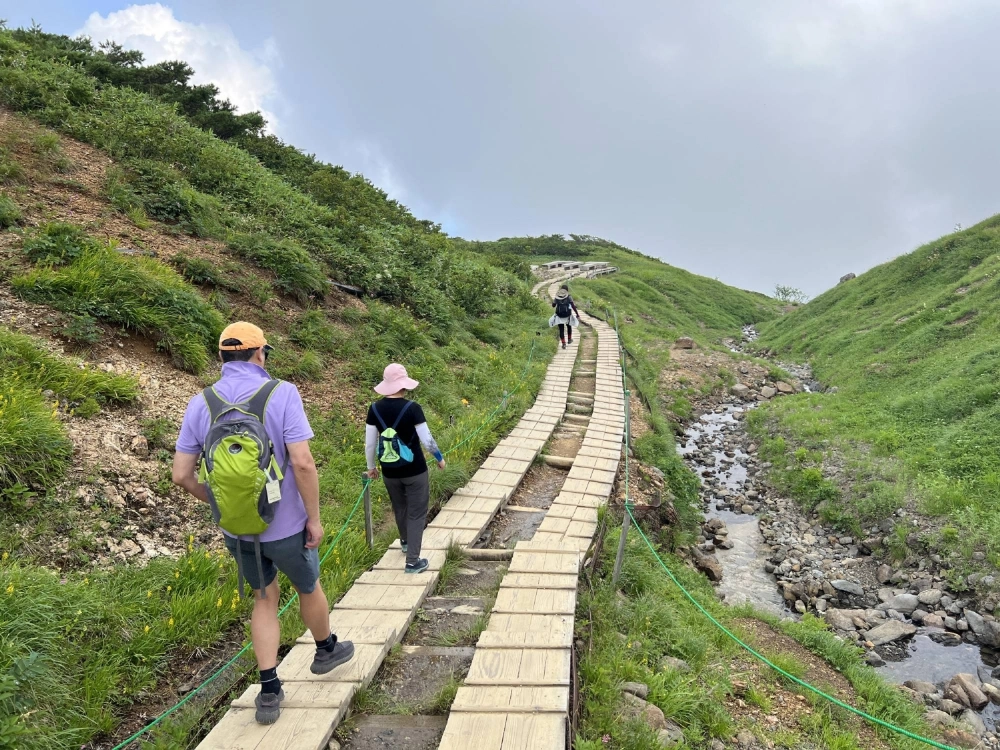
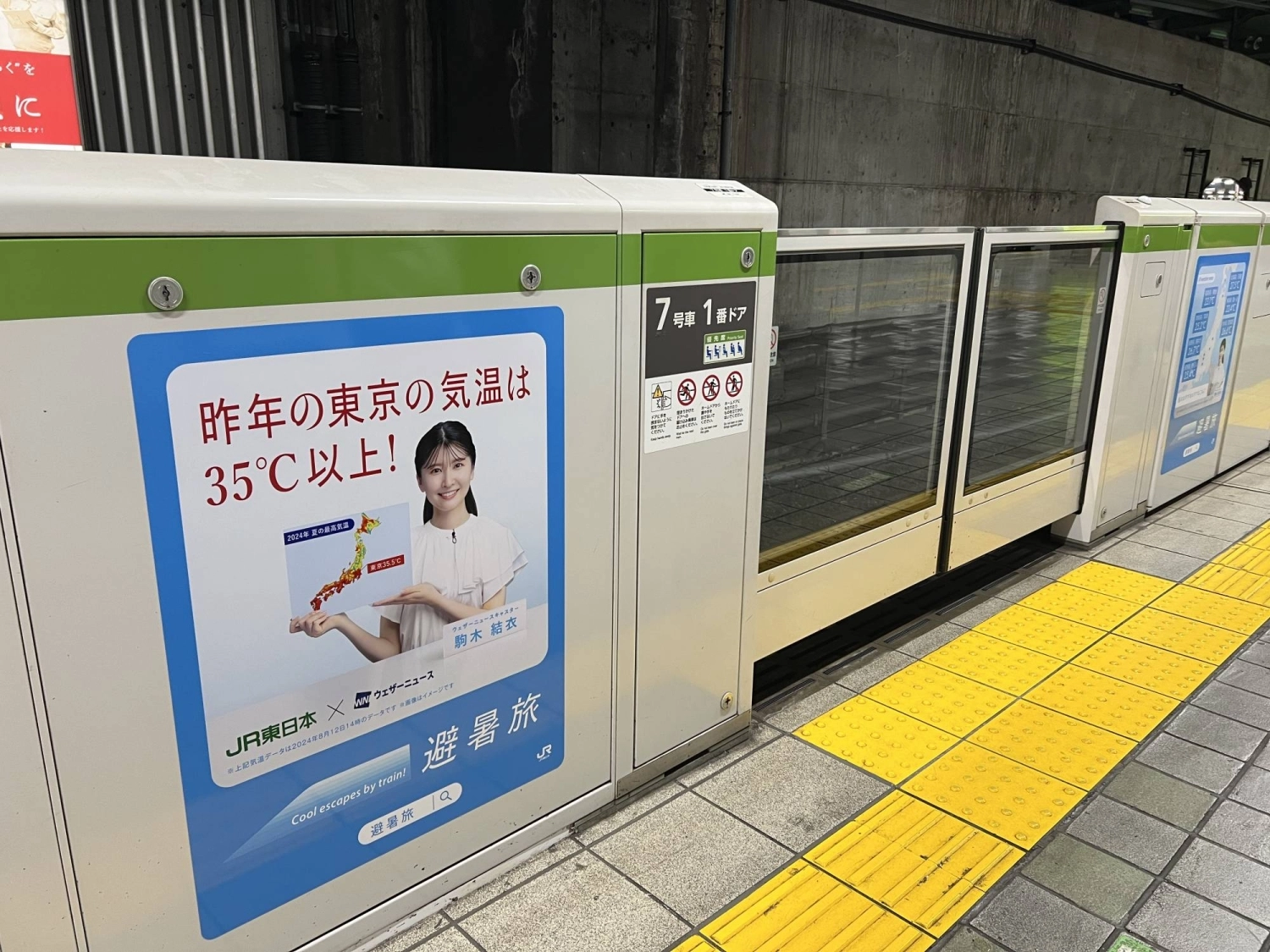

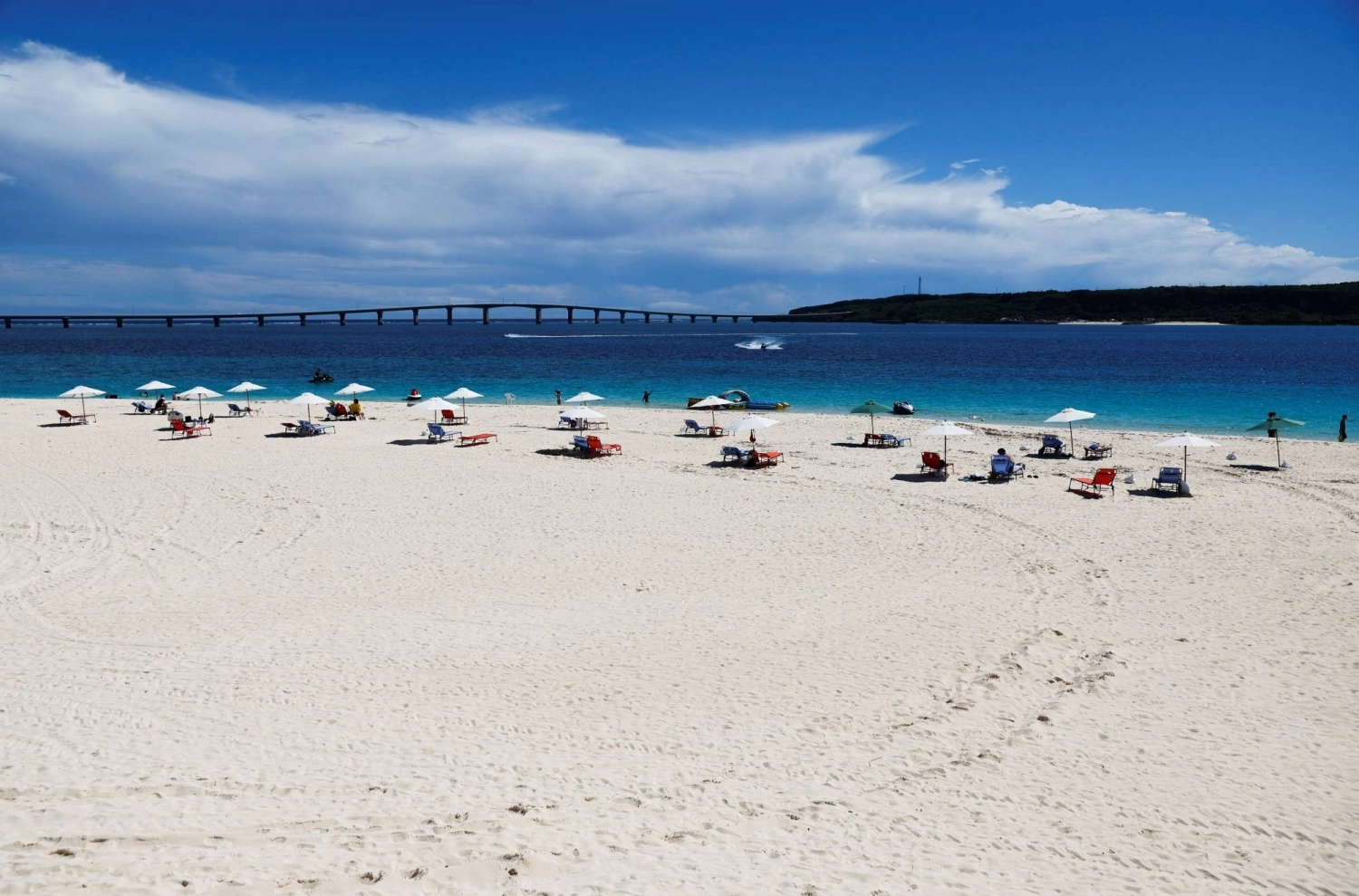
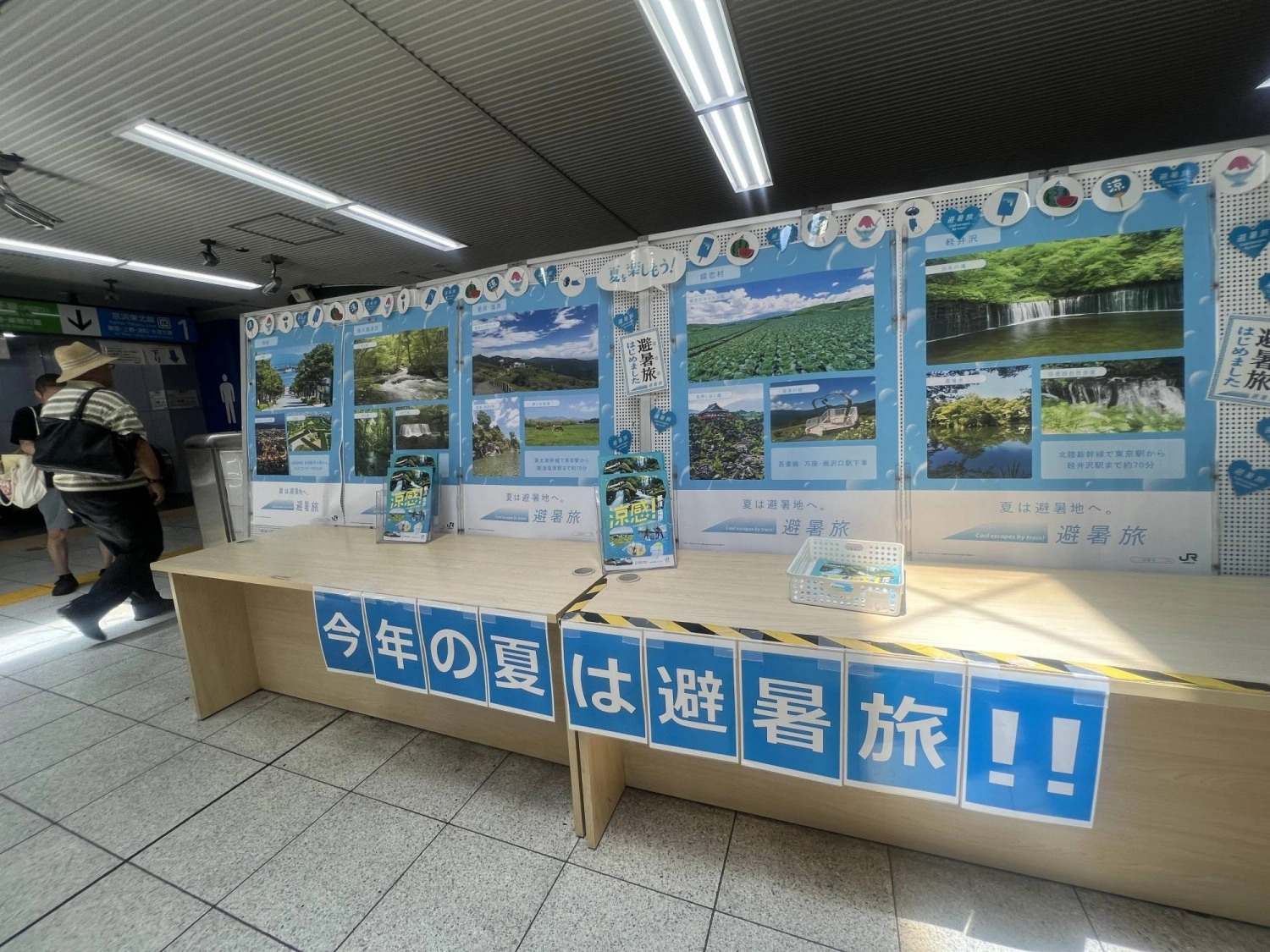
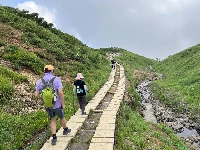
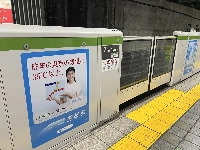
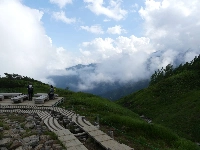
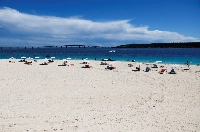
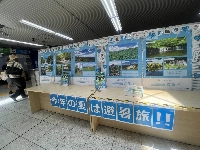














With your current subscription plan you can comment on stories. However, before writing your first comment, please create a display name in the Profile section of your subscriber account page.